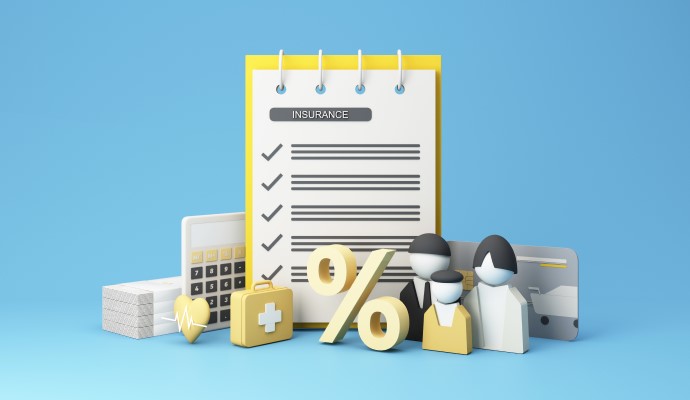Hospital Chargemaster Heavily Influences Cash Prices, Payer Rates
A new study found cash prices and commercially negotiated rates were both consistently discounted from hospital chargemaster rates, with self-pay being the cheapest option.

Source: Getty Images
- While neither patients nor payers typically pay what hospitals charge for services, a new Health Affairs study finds that those hospital chargemaster rates still matter.
Researchers at Johns Hopkins University analyzed hospital prices reported under CMS’ price transparency rule by 2,379 hospitals as of September 9, 2022. They found that a given hospital’s cash prices and commercial negotiated rates both reflected a predetermined and consistent percentage discount from hospital chargemaster prices.
On average, cash prices and commercial negotiated rates were 64 percent and 58 percent of the corresponding chargemaster prices for the same services at the same hospital and in the same service setting, respectively.
Hospitals have complete discretion to set chargemaster rates, researchers explained. However, those rates can be — and are commonly — more than four times the actual cost of delivering care, according to previous research cited in the study.
Chargemaster rates have typically been used as a starting point for price negotiations with private payers. But as deductibles have increased dramatically over the last couple of years, more patients have been seeking out what hospitals charge for care. Negotiated rates also impact how much patients or their employers pay for health insurance.
The Health Affairs study makes an important connection between hospital chargemaster rates and other prices patients and payers pay for hospital services. It shows that both cash prices and commercial negotiated rates are typically calculated consistently in increments of a 5 percent discount from the chargemaster prices.
Additionally, most hospitals set cash prices as a fixed discount from the chargemaster rates across all services. These prices were also more likely to be less than negotiated rates at nonprofit and government-owned hospitals, which care for more uninsured and self-pay patients, and in areas with stronger hospital market power.
Cash prices were lower than or equal to the median negotiated rates for the same procedure in the same procedure in the same hospital and service setting 47 percent of the time. Evaluation and management services were most likely to have lower cash prices (55 percent), followed by medicine and surgery (48 percent), radiology (47 percent), and laboratory and pathology (44 percent).
“Policy makers and payers interested in improving hospital affordability should recognize the important role played by the chargemaster in influencing hospital commercial prices,” the study stated.
Employers, for example, may want to use cash price information during negotiations with payers or when they directly contract with providers with low cash prices, researchers added. Health savings accounts could also facilitate the implementation of this strategy, they said.
Moreover, policymakers may want to consider more rigorous enforcement of hospital price transparency requirements, researchers suggested. They found during the study’s analysis that nearly half of the general acute care hospitals required to disclose their prices still had not done so for most of the mandated shoppable services nearly two years after the rule’s implementation.
The federal government hopes to empower patients to shop for medical services using hospital price transparency data, which includes gross charges, discounted cash prices, payer-specific negotiated charges, and de-identified minimum and maximum negotiated charges.
